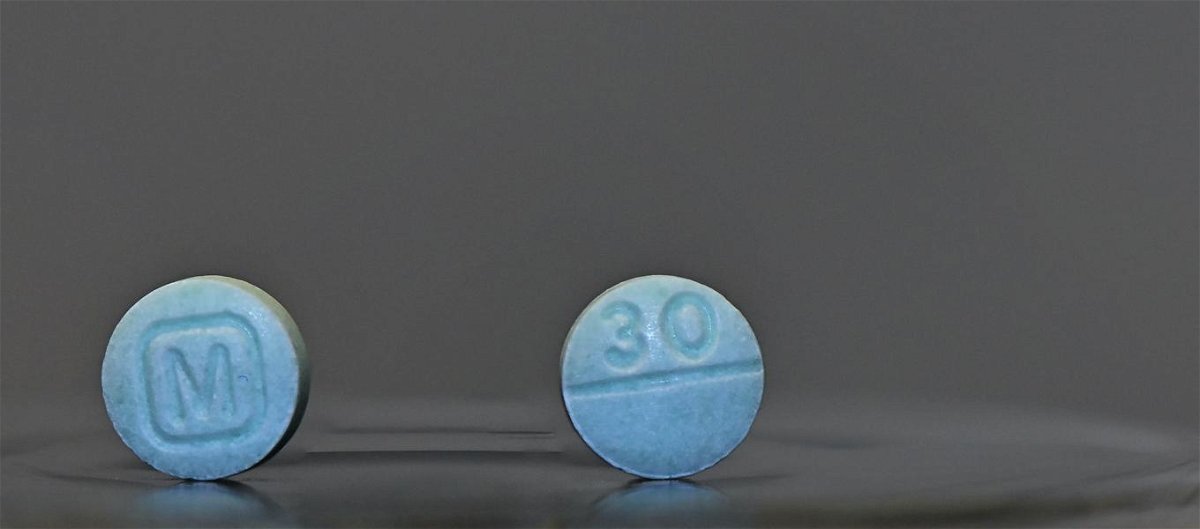

mulch serves as a great source of food for pill bugs to nibble on for years, keeping them away from living plants.
Pill look up how to#
If you’re having trouble with rollie pollies in your yard or garden or wondering how to get rid of pill bugs, chemical extermination will only be necessary in the most extreme cases. When not controlled, however, they can become the bane of a garden or field, consuming valuable and slow-growing crops like corn and strawberries. Pill bugs are useful indicators of whether an area has too many heavy metals in the ground. Not only do pill bugs serve as food for animals like birds, but they are capable of consuming heavy metals, gradually taking them out of the soil until they die. However, the consumption of dead plant matter makes pill bugs useful for gardens and the overall ecosystem. For this reason, pill bugs are an occasional pest in agriculture or gardening this is especially true of areas prone to rainfall. However, they can eat living plant matter, consuming any plant they reach. Problems With Pill bugsįor the most part, pill bugs are decomposers and should not pose a threat as long as there is enough dead, decaying matter to eat. If the gills on a pill bug’s underside dry up, they won’t be able to breathe and will die. Pill bugs need moisture to breathe, and for this reason, they usually stay in places with water, such as a damp basement or the lowest, flooded part of the ground after a rainstorm. The main similarity between pill bugs and other crustaceans is that they breathe through gills, unlike other insects that breathe through tiny holes in their abdomens. But, oddly enough, rollie pollies are crustaceans, like crabs or shrimp, and the only land-based crustacean in the world. You may look at these little, quick-crawling bugs and immediately compare them to tiny beetles or other insects. Pill bugs will live anywhere with moisture, such as a watered garden or crop field the reason for this comes down to their ancestry.

Compared to other insects of similar sizes, such as ants, rollie pollies are speedy walkers. They have seven pairs of legs and large antennae that fan out or back from the head. Their color ranges with the species, from black to brown or gray. As you’d expect, they have a pill-like shape, oblong with rounded ends. When unrolled, pill bugs look very similar to sowbugs. However, they can also eat live plants, which makes them a problem for crops, lawns, or gardens if they get overpopulated. Pill bugs primarily survive by eating decomposing matter from animals, plants, old wood fibers, feces, or even dead insects. The average lifespan of a rollie pollie is about two years, during which the adult body will molt its shell many times. The common pill bug that most Americans have to deal with is Armadillidium Vulgare or the common pill bug. Pill bugs are often called rollie pollies, potato bugs, or doodlebugs.
Pill look up full#
As the scientific name implies, these insects are known for having a hard shell of linked plates, flexible enough for them to roll up for full protection, like a tiny armadillo. Pill bugs are part of a scientific family called Armadillidiidae and technically a subset of woodlice. Let’s go over everything you need to know about pill bugs to keep your greenery safe and your home pest-free. The curious way they roll up into a ball makes them fascinating to kids, but many don’t realize that they can pose a threat to your yard, garden, or indoor plants. You’ve probably seen pill bugs more than a few times.


 0 kommentar(er)
0 kommentar(er)
